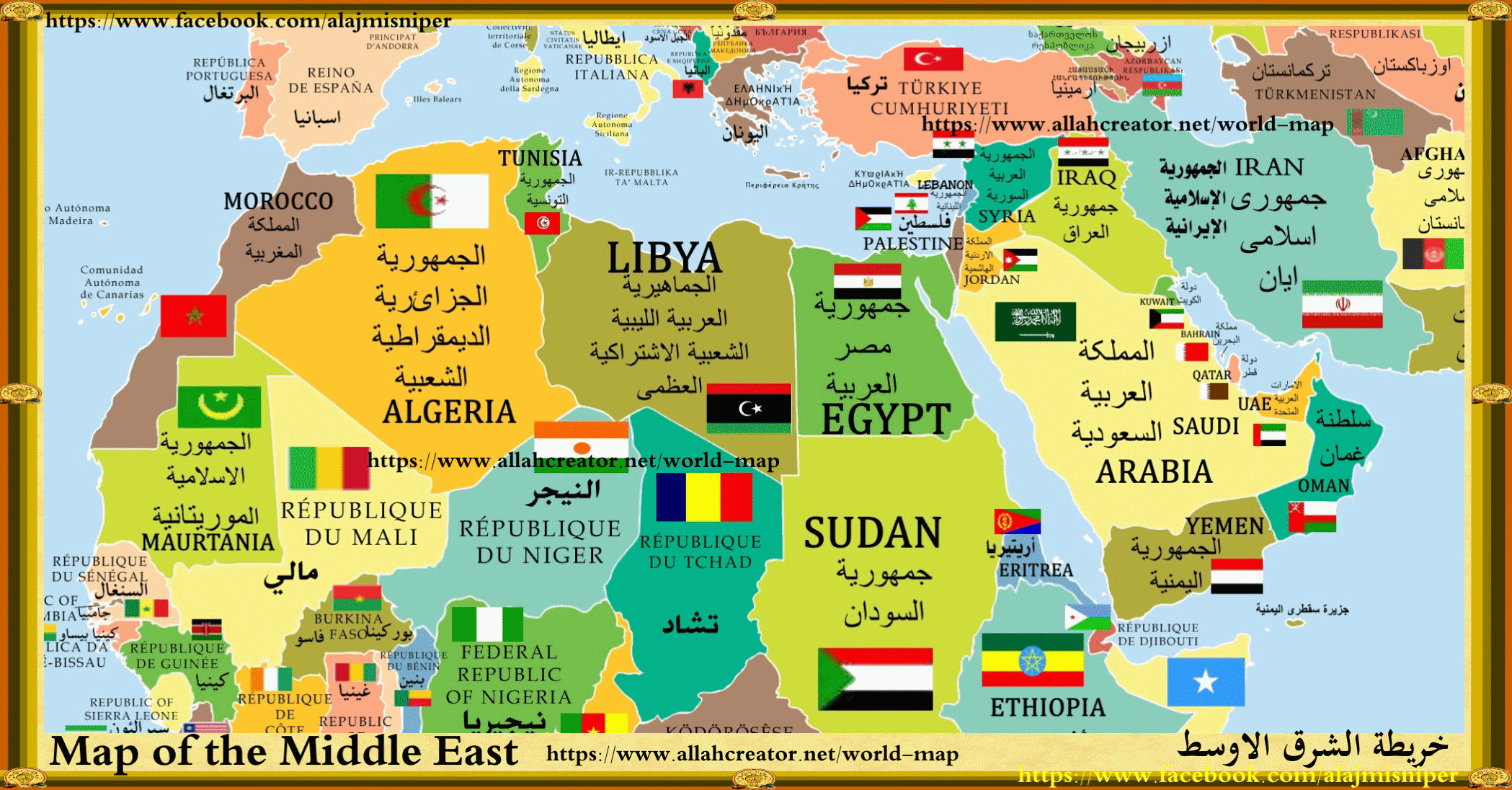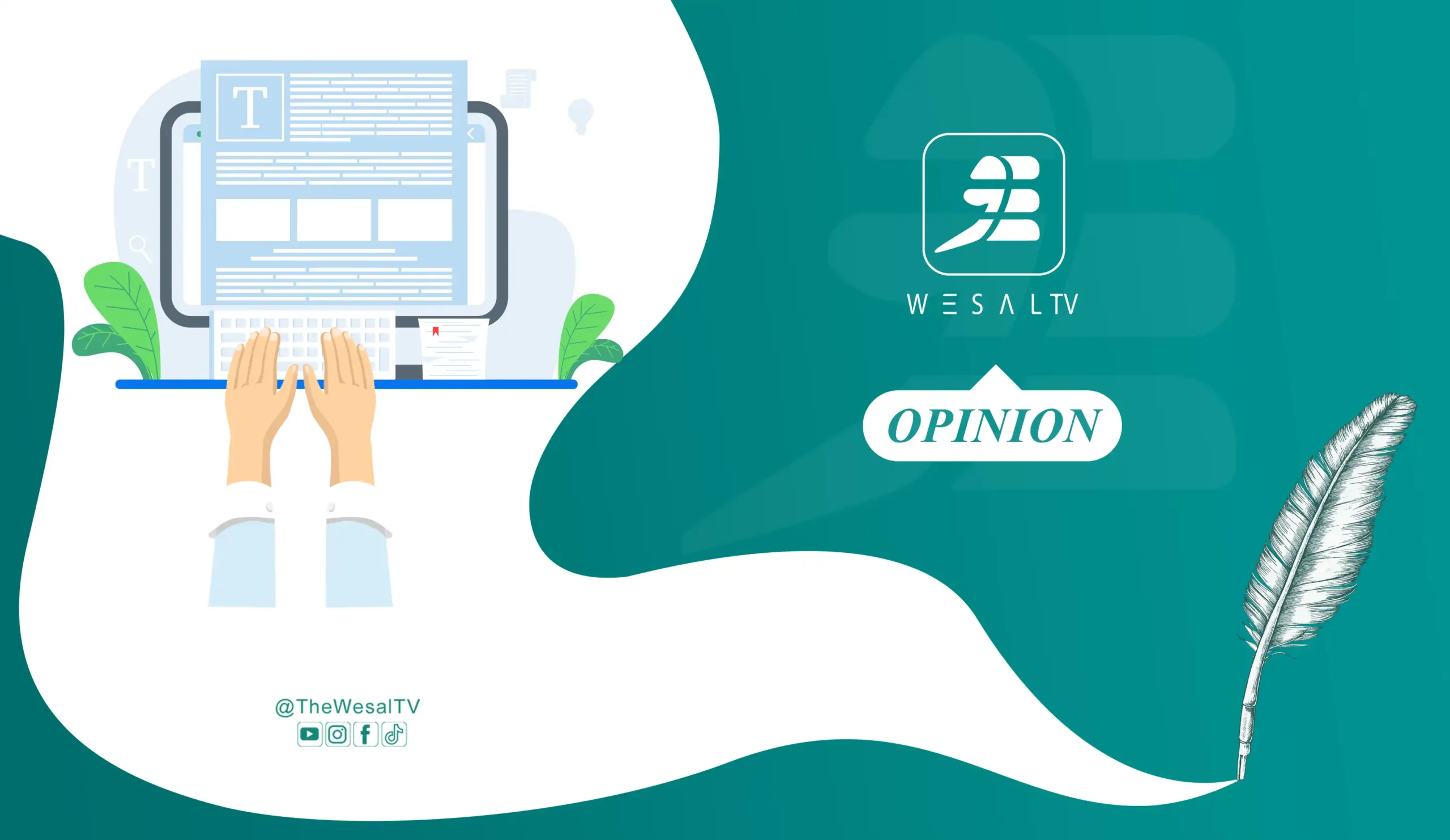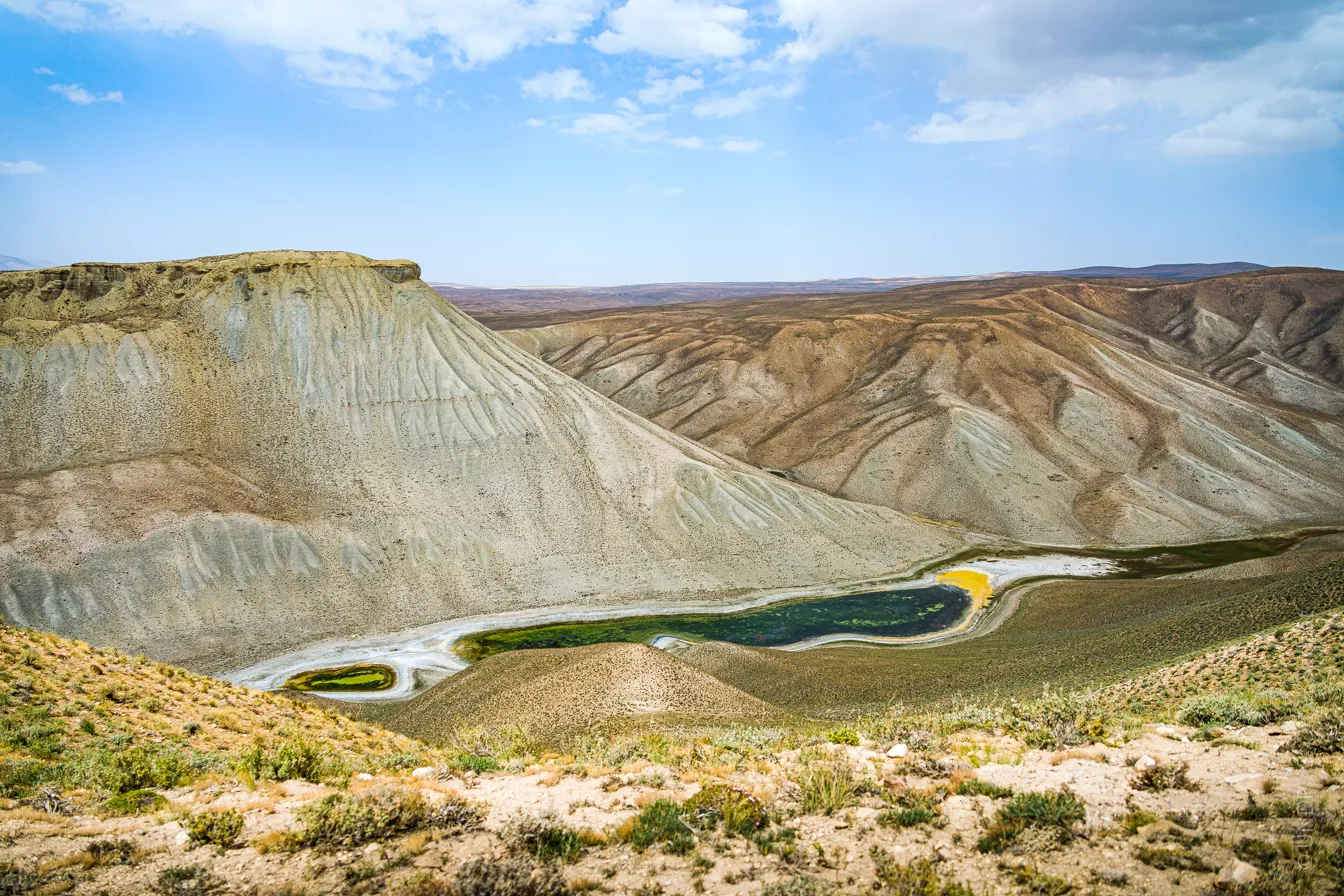Germany is today, after Pakistan and Iran, the country with the highest proportion of Afghan migrants and refugees in relation to the number of Afghans living in exile.
In a for seeable future, there will soon be around 500,000 Afghans living in Germany. Considerably more than the approximately 300,000 who lived there before 2015.
A particularly large number of those who arrived at Germany after August 2021 are today academics and among those Afghans who have been evacuated in recent years. This makes integration a challenge even more complex than before, especially for artists and cultural workers and practitioners in a non-English-speaking environment like Germany.
Artists and cultural workers are still looking for an escape from Afghanistan today, albeit in smaller numbers. Germany has taken in tens of thousands of evacuees in the past years, including many academics and activists. A few of them have found a new home here, though the idea of watan can never find an equivalent in the exile as science and personal experience tell us. The newcomers to Germany enrich the country with their work. But many are also going through a difficult transitional period more than two years after their arrival. Very few of the irritants from the cultural field have a clear idea of how they should continue their artistic careers in Germany. In reply to this, German public and private cultural institutions have set up funding and scholarship programs for Afghans in the last two years. Both sides sometimes live on misconceptions of each other though. Widespread ignorance is mixing with illusions.
For the Afghan side, it is important to make it clear to artists and cultural workers that funding in European countries does not flow like aid money in Afghanistan in the period of the ISAF mandate with its multiple and even inflationary donors. Also: in twenty years, the guiding principle of Western donor countries was not the quality of Afghan art, but the outflow of funds. Afghans who wanted to set up a cultural aid organization received aid money and were considered artists on the paper. Money was the driving force behind the cooperation, not creativity. It is not the Afghans who can be criticized for this. The systemic error of the approach remains with a Western concept of development aid, which since generates a false understanding of cultural support and exchange, again and again.
In their new German exile, Afghan artists find themselves in the jungle of German and European funding opportunities. Integrative education is urgently needed and in the long term, so that everyone can get involved in the available opportunities. What’s more, standing out from the crowd as an artist is far easier in Afghan society than it is in a European context. It can be beneficial for funding institutions to address this openly towards the newcomers. The competition in the German art and culture industry for available funding is so fierce a battle that even the locals born here often don’t receive any support at the End of a hard bureaucratic fight. Unfortunately, also in the EU context being creative all too often means living a precarious life financially, having several jobs and somehow creating art with perseverance.
Then comes the language challenge: Without fluent German, nothing works, evacuees and refugees hear again and again. That’s true, on the one hand. On the other hand, there is examples and proof of theater companies who work with migrant actors and produce inclusive, multilingual artistic ensembles that show how things can work out differently. Such an inclusive diversity approach is urgently needed across the board. There is by now a small number of such projects by young Afghan actors in various European countries with networks combining their players. Whether the Afghan artists succeed in making the leap from amateur actor to actor or amateur photographers to professionally photographer not least depends on the curiosity and pragmatism of German institutions and how they institutionally reflect on a fast-changing German society.
Europe and Germany still need more Afghan voices in their public discourses: in the media for example and with self-confident narratives. In Germany for instance, the voice of Iranian-German author and writer Navid Kermani is sometimes asked to write about Afghanistan in the cultural pages of newspapers. This may be seen as clear failure from an editorial choice. So new media diversity is very much needed: there are many Afghan media professionals and filmmakers among the new diasporas. Why can editorial teams in German media houses not share the texts and stories of Afghan cultural activists and actioners via a pool of translators? In this way, a European audience would learn about their powerful stories and impressive lives; both sides would learn to overcome speechlessness and ignorance.
As a consequence of the August 2021 evacuation, many from Afghanistan are allowed to start work in Germany and Europe immediately, on the paper. But many, at the same time, have not been entitled to an automatic language and integration course in the same period. A grave mistake in the German system. The providers of cultural funding, both public and private, should therefore help to make the German education and funding system better and more transparent. This would give Afghans a fairer and better chance of being represented in the new German cultural landscape they live in. So far, discrimination has remained a keyword and key experience for three generations of immigrants. A criticism that is often heard of but welcomely addressed.
Martin Gerner is an Academic, author and cultural practitioner based in Germany and the EU.
The views expressed in this article do not necessarily reflect Wesal TV’s editorial policy.
Visits: 57













